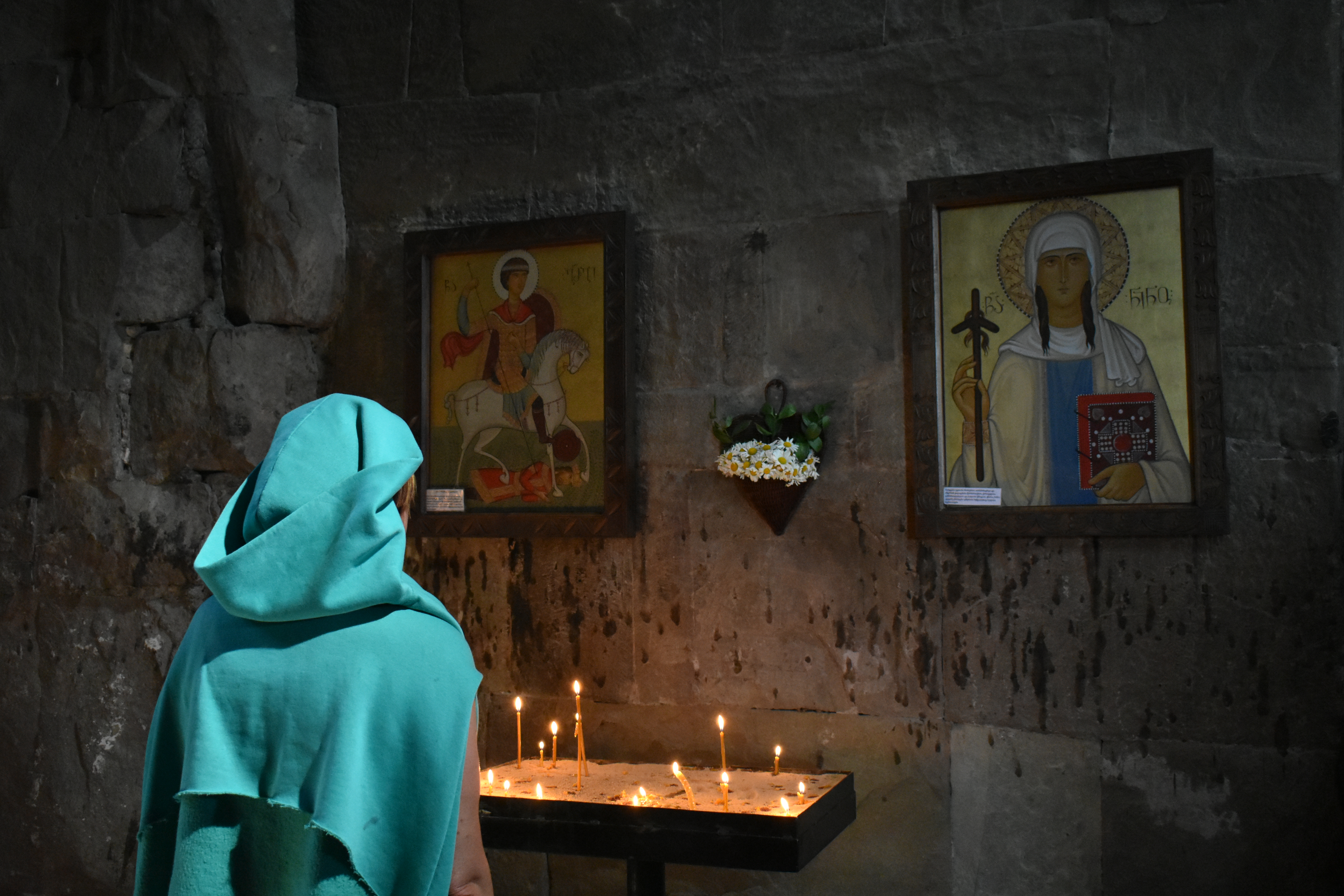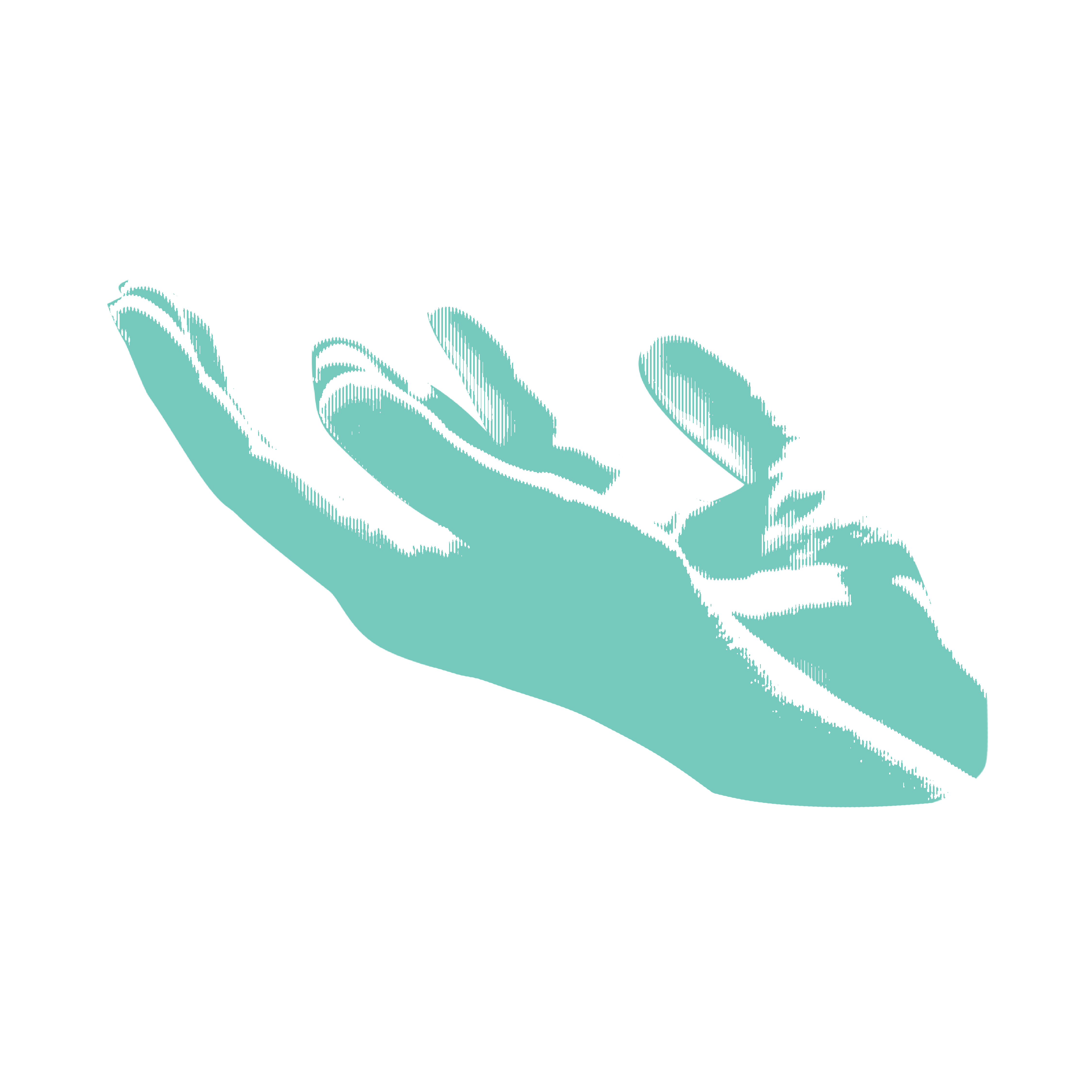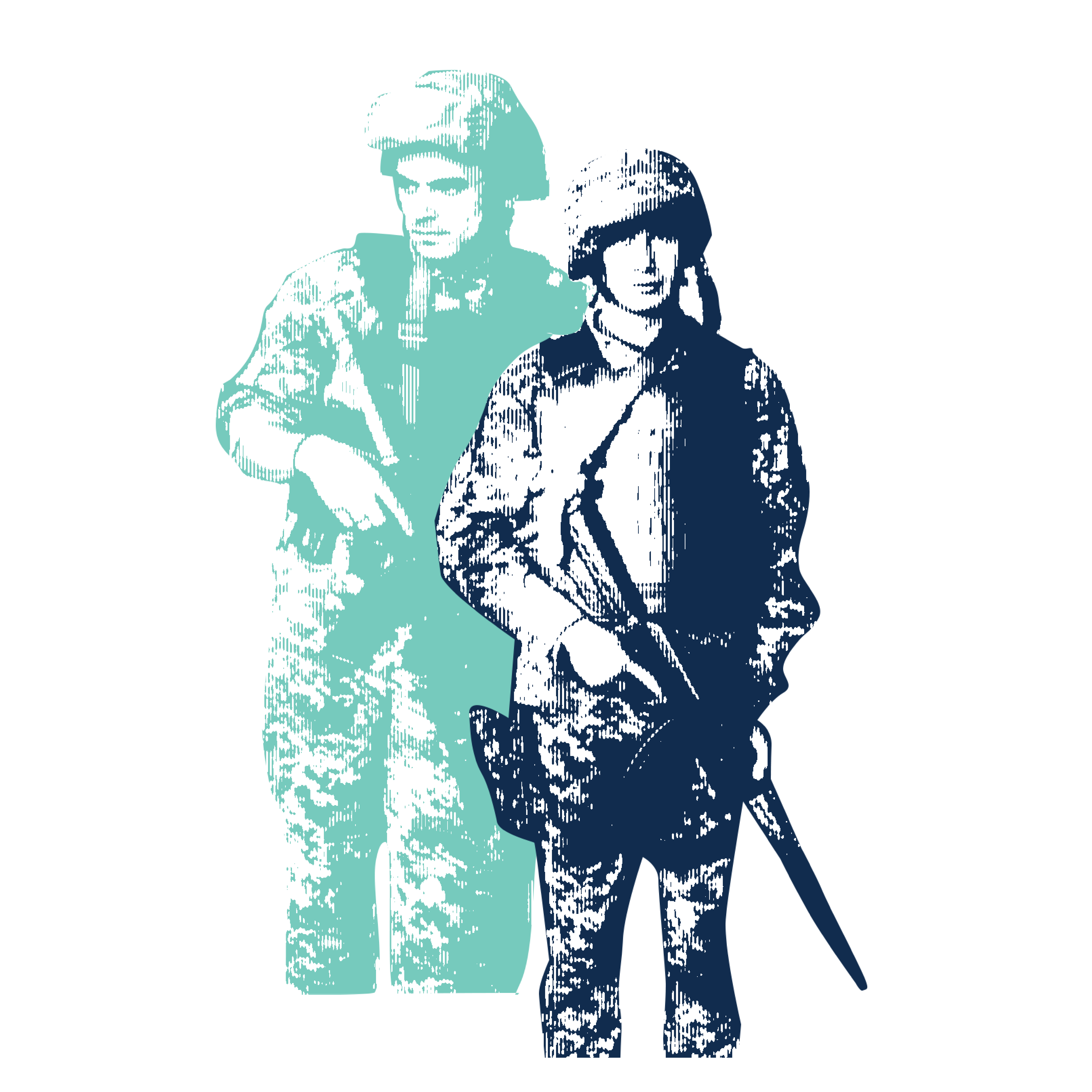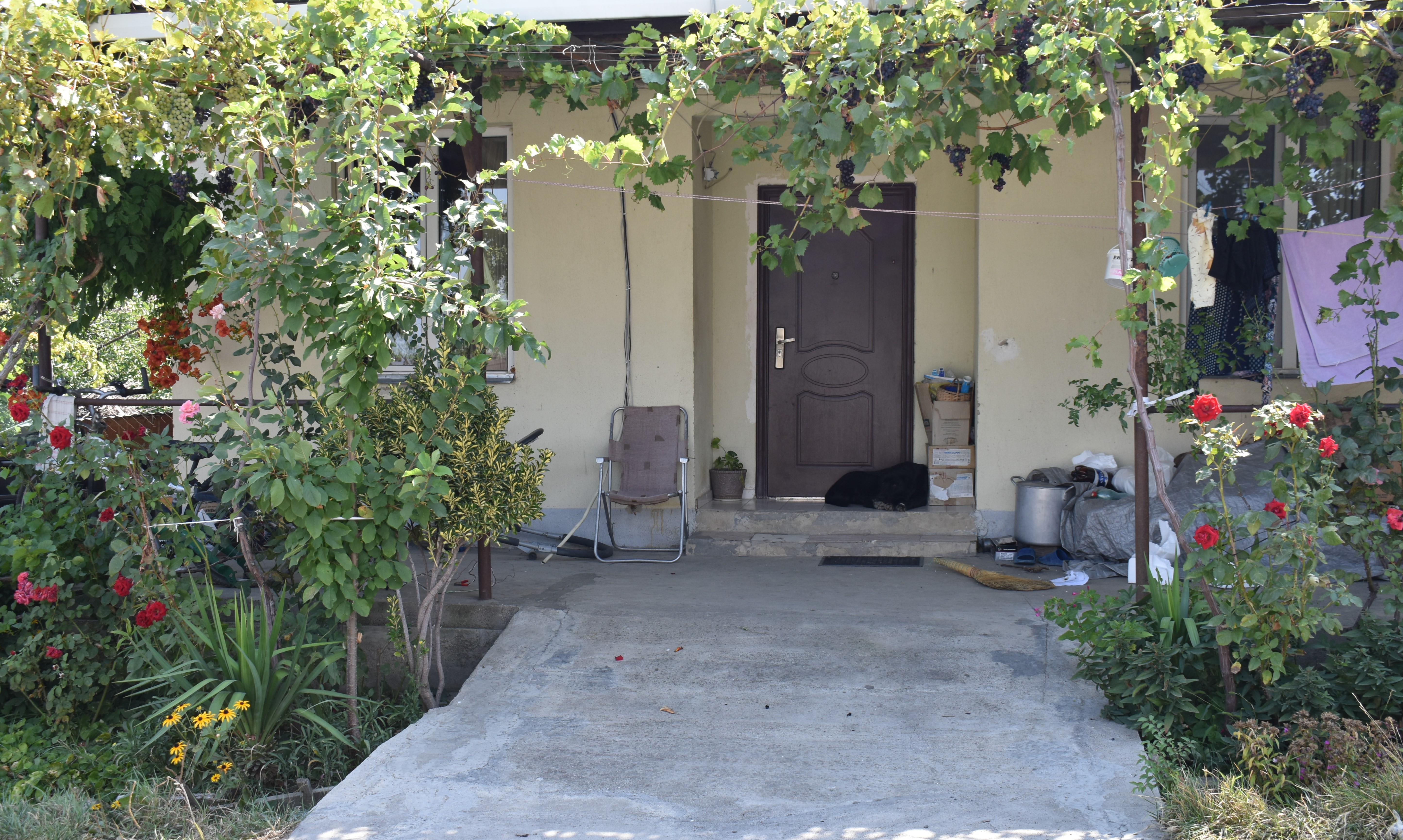
“Kazbegi? Kutaisi? Batumi?” As I enter the marshrutka lot (a long-distance minibus popular in formerly Soviet countries), drivers interrogate me on my destination. They list all the popular destinations in Georgia as I navigate the parking lot. “Tserovani, Tserovani,” I answer, much to their confusion. They point me towards the stall where my marshrutka is parked. I pick my way around small clusters of confused tourists, mostly from Germany or Russia, all with giant backpacks, destined for the beach or the mountains. I board the marshrutka for Tserovani, where I am the only non-Georgian.
Tserovani is a settlement of displaced people from South Ossetia situated approximately 20 minutes outside Tbilisi. After the 2008 war, the Georgian government promised free housing to people displaced from the de facto independent territories, a program executed with mixed success. To handle the mass migration, they constructed a series of settlements, the largest of which is Tserovani. I arrive at ten in the morning, early by Georgian standards. Most Georgians are active late into the night but sleep away the morning. Therefore, the settlement is extremely quiet. I see only a few people out and about.
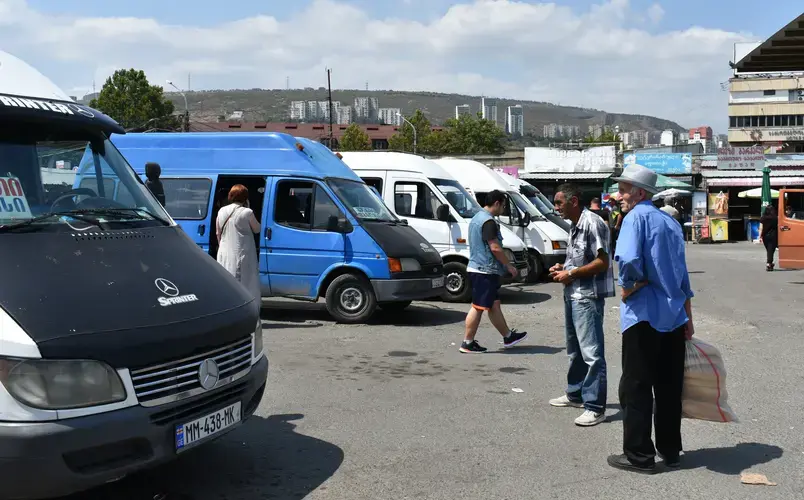
For about an hour, I visit with Nana at For Better Future, an NGO working with displaced women and youths in the settlement. An hour later, after interviewing Nana about her experiences as well as the work of her NGO, I set out to wander around Tserovani. Even at eleven, the town is fairly quiet. Cars occasionally rolled by on the gravel roads. A handful of residents are out, doing their shopping at the few local stores or taking advantage of the cool morning weather to do some yardwork, always greeting each other (and me) with a friendly “Gamarjoba!” I return the Georgian-language greeting with a friendly wave as they continue about their days, but friends often stop to chat on the calm streets.
When the government built the settlement 10 years prior, all the houses looked the same. For a time, residents were not allowed to make changes to what were seen as temporary accommodations. However, over the course of the decade, residents more and more liberally remodeled and redecorated their homes. Some remained fairly standard with few variations on the original, but many were unrecognizable. Every house had different garden walls surrounding the front yard, different front doors and porches, different colors of paint, different roofs, and some even had extra rooms added on or walls replaced, making it hard to imagine they once all looked the same. The gardens flourish. Some residents in Tserovani grow food, such as corn or vegetables or young fruit trees. Others grow flowers, with roses the most common choice. And, of course, many yards are shaded by immense tangles of grapevines on trellises, the fat fruits hanging overhead.
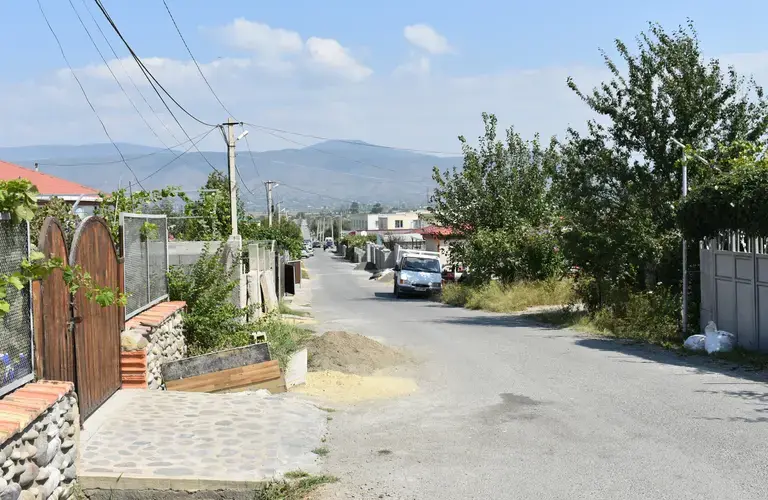
However, despite the variety in houses, something about the settlement seems off. There is still a manufactured feel to the town. Only one row of buildings is two stories tall (including the primary school and the local government building). The rest of the buildings are a single story. The feeling of shortness is compounded by the lack of mature trees—prior to 2008, the land was for farming, so all the trees are still too young to provide shade. There are no parks or open spaces, just houses and a couple clusters of stores and schools arranged in a perfect grid.
Tserovani is a good representation of the displacement situation in Georgia. A situation once thought temporary has become long-term, if not permanent. The displaced population is resilient, adding personal touches and creating a life for themselves in Georgia proper. However, problems remain. Many continue to live in a state of limbo, unsure of how long they will live here or if they will ever return home.


